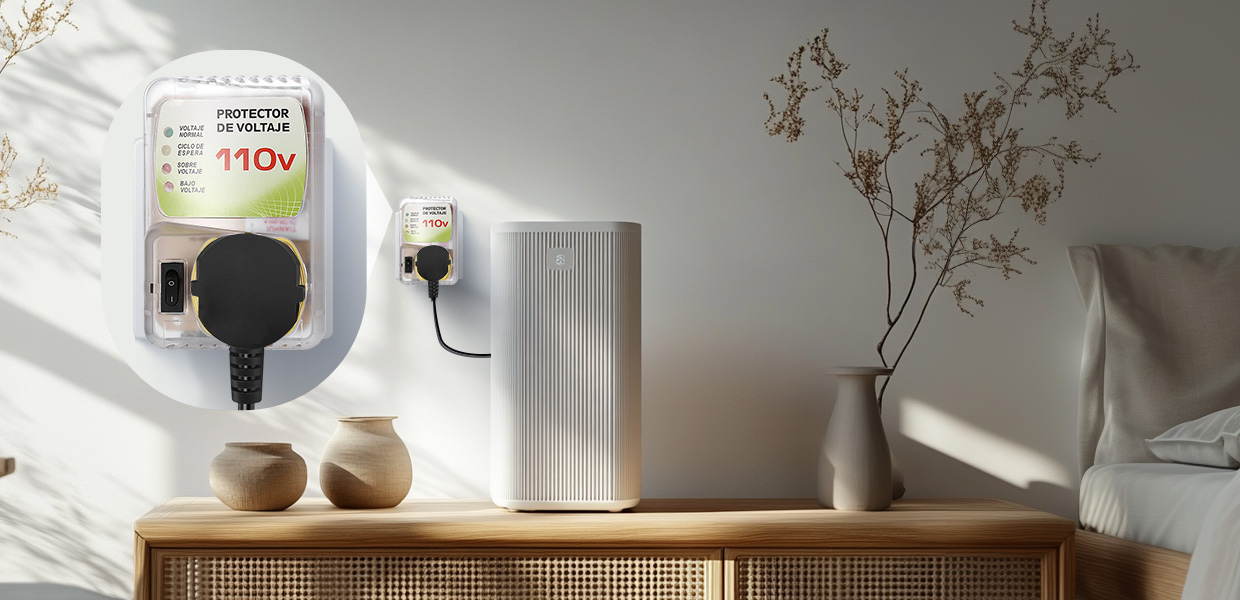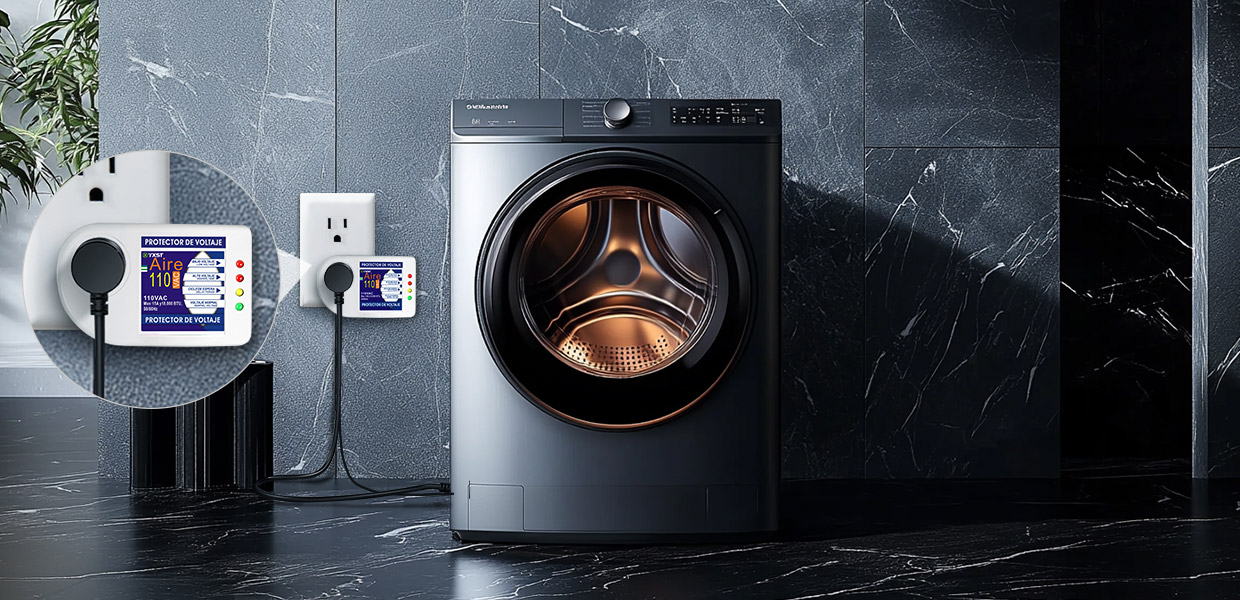Complete analysis of the countries and appliances that apply to 110V voltage protectors: the latest guide for 2025
Date:2025-02-25 Click:664
In today's globalization, cross-border travel, overseas shopping for appliances, or immigrant life have become the norm. However, differences in voltage standards in different countries often lead to equipment damage or safety hazards. As a key protection tool, which countries are 110V voltage protectors applicable to? Which appliances must be equipped? This article will provide you with a systematic answer based on the latest international standards and user scenarios.
Why do you need to pay attention to 110V voltage protectors?
Voltage protectors stabilize input current and prevent voltage fluctuations from damaging equipment. 110V voltage protectors are especially important in the following scenarios:
Transnational appliance use: avoid the risk of burning when carrying non-local standard appliances.
Old circuit protection: deals with sudden voltage fluctuations in areas with unstable power grids.
Precision equipment protection: protect highly sensitive electronic products such as computers and audio equipment.
2. List of countries/regions with 110V voltage standards worldwide in 2025
The following countries and regions adopt 110V-127V voltage standards, and special attention should be paid to the adaptability of electrical appliances:
North America Core Area
| Country/Region | Standard Voltage Range | Socket Type |
| United States | 110V-120V | Type A/B |
| Canada | 120V | Type A/B |
| Mexico | 127V | Type A/B |
Caribbean and Central and South America
| Country/Region | Standard Voltage Range | Socket Type |
| Cuba | 110V-120V | Type A/B/C |
| Jamaica | 110V | Type A/B |
| Colombia | 110V | Type A/B |
Asia and Oceania
| Country/Region | Standard Voltage Range | Socket Type |
| Japan | 100V | Type A/B |
| Taiwan (China) | 110V | Type A/B |
| Philippines | 110V-220V | Type A/B/C |
Note: Some countries (such as the Philippines) have regional voltage differences. It is recommended to check local standards in advance.
Types of appliances that must use 110V voltage protectors
1. Highly sensitive electronic devices
Audio and video equipment: Hi-Fi speakers, Blu-ray players, etc. are easily affected by voltage fluctuations.
Office equipment: Precision instruments such as printers and scanners that run for a long time.
2. Non-wide voltage appliances
Old home appliances: electric irons and coffee machines produced before the 1980s.
Specially designed products: some game consoles, and American kitchen appliances.
3.High power equipment (voltage stabilization function required)
| Appliance type | Recommended minimum power capacity |
| Microwave oven | 1500W or more |
| Air conditioner (window type) | 2000W or more |
| Electric kettle | 1800W or more |
How do you choose a suitable 110V voltage protector?
Three-step matching method
Confirm the appliance's power: check the "W" or "VA" value on the device nameplate.
Calculate the total load: When using multiple devices, the power needs to be superimposed and a 20% margin needs to be reserved.
Select the protection level:
Basic: Overvoltage/Undervoltage cutoff (suitable for low-risk devices such as lamps).
Advanced: Surge protection + automatic recovery (recommended for computers and refrigerators).
Precautions for use and common misunderstandings
1. Installation taboos❌ Avoid connecting multiple protectors in series (may cause a fire).
❌ Do not use non-waterproof models in high-humidity environments such as bathrooms.
✅ Correct operation: The ground wire must be connected and the reset button function must be tested monthly.
2. Life management
Regular models: 3-5 years (depending on the frequency of use).
Self-test signal: Immediately deactivate when the indicator light flashes frequently or cannot be reset.
FAQ (2025 Edition)
Q1: What will happen if you use 220V appliances in 110V countries?
A: If you do not connect directly through a transformer, the fuse may burn out, or even cause a fire. Be sure to use compatible wide-voltage appliances or install a voltage-reducing device.
Q2: Can a voltage protector replace a transformer?
A: No! The protector is only used to stabilize voltage and prevent surges, and a dedicated transformer is required for different voltage conversions.
Q3: How to determine if the protector has failed?
A: Use a multimeter to detect the output voltage. If the fluctuation exceeds ±10%, it must be replaced immediately.



